Weekly Index
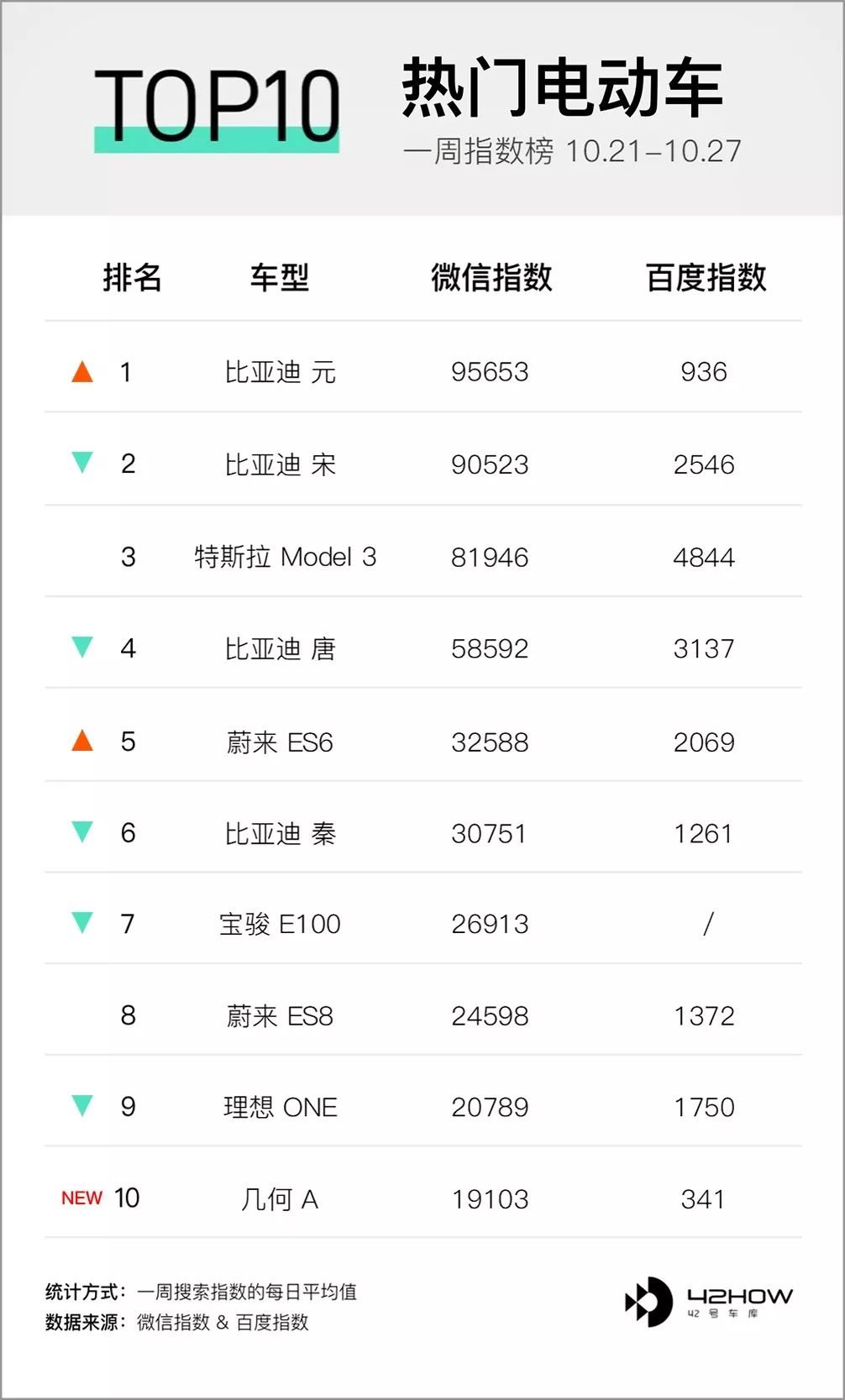
Weekly News
NIO’s CFO Xie Dongying Resigns
On October 28, NIO announced that Xie Dongying resigned as the CFO due to personal reasons and the resignation will be effective on October 30, 2019. The company is already looking for Xie’s replacement and will fill the vacancy quickly.
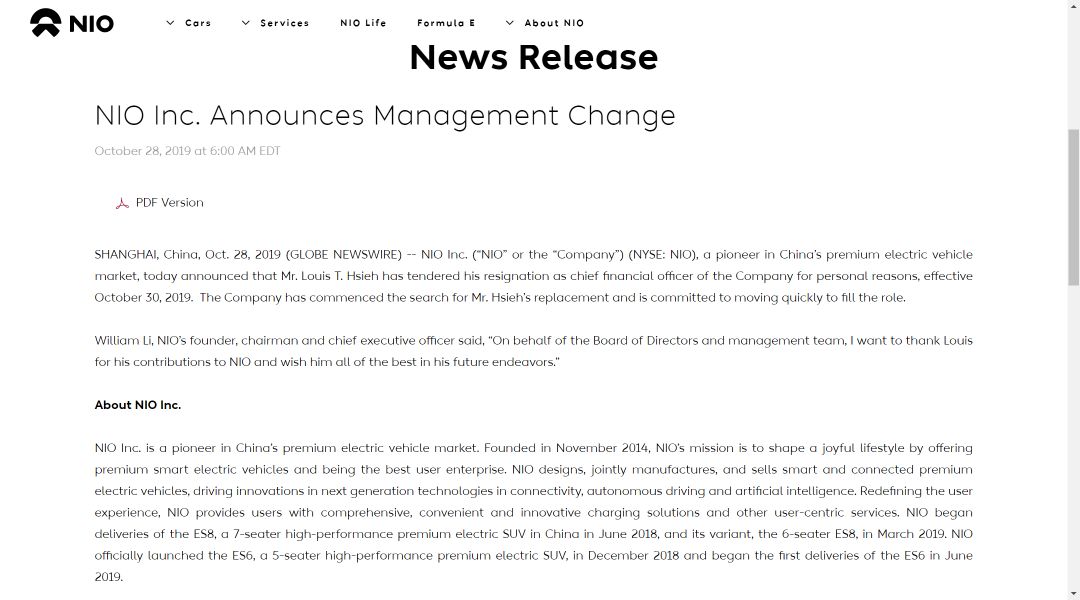
NIO delivered a total of 4,799 vehicles in Q3, of which 4,196 were ES6 and 603 were ES8, representing a 47% increase from the same period last year and exceeding Q2’s expected delivery of 4,200-4,400 vehicles.
Quick comment: Before serving as NIO’s CFO, Xie Dongying had worked for New Oriental Education & Technology Group, JD.com, and Parkson Retail Group, all of which are listed on the US stock market. We make no judgments on Xie’s resignation at this time. What is worth looking forward to is that NIO will release its Q3 report on November 5, and the new candidate may be announced at the conference.
Ford’s first electric SUV to be released on November 17
On October 25, Beijing time, Ford confirmed that it will release a pure-electric SUV with Mustang style on November 17.
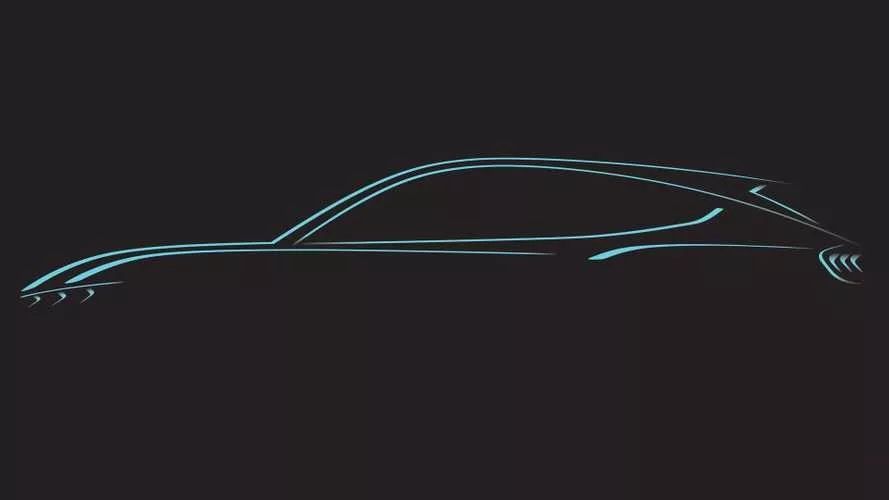
It is reported that the launch event will be broadcast live globally, and details about body size, battery capacity, range, and pricing may be released. Ford said that the target range of this electric SUV is at least 300 miles (about 482 km).
From the concept sketch released by Ford, the front of the car has a Mustang shadow, with a raised and slender hood and a highly inclined A-pillar. The back of the car is more inclined to the design of a hatchback, and the whole car is full of fluid aesthetics and a sense of the future. If the actual car looks like this concept, it will be very attractive in appearance.## Quick review:
To be frank, Ford’s products in the pure electric field are not particularly eye-catching. Except for the territory EV that was jointly launched a few months ago with JMC Ford and only sold domestically, the company hasn’t even had a pure electric car yet.
As a pioneering brand in bringing cars into thousands of households, its development in recent years has tended to stagnate, and its market share in China has also declined significantly. Whether Ford can launch excellent electric car products will have an important impact on its future development.
Tesla Shanghai factory begins trial production, Chinese version of Model 3 starting at RMB 355,800
On October 23rd, Tesla’s financial report revealed that the trial production of the Chinese version of Model 3 has been completed, and Tesla China’s official website subsequently launched the “Made in China” standard endurance upgrade version of Model 3, which is priced at RMB 355,800. At the same time, the imported models were removed from the market.
Compared with the previous pre-sale price of RMB 328,000, the official price of Model 3 has risen by RMB 27,800, but the Autopilot, which is worth RMB 27,800, is now included in the standard configuration. The vehicle is expected to be delivered in the first quarter of 2020.
In addition, Tesla has also provided a four-year or 80,000-kilometer new car limited warranty and an eight-year or 160,000-kilometer battery and drive unit warranty for the domestic Model 3.
Quick review:
As we all know, Tesla’s strategy for vehicle prices is completely different from that of traditional car manufacturers. After traditional manufacturers set the suggested retail price, they lose control over the actual retail price and the suggested retail price will not be adjusted again.
However, Tesla’s direct sales have “frequently” adjusted the price of a car, with fluctuations up and down. In 2019 alone, Tesla has adjusted its prices in China nine times. This has also led many netizens to believe that if you buy a Tesla car, you need to be patient and “wait and see”, and perhaps it will become “more attractive” after a while!
So, what do you think of the price of the Chinese version this time? How long will it be before the price of the domestic Model 3 falls below RMB 300,000?
Byton’s first trial installation car rolls off production line
Byton announced on October 23 that the first production-type M-Byte prototype of its first electric car product had been completed and had rolled off the production line at the Nanjing factory, and that the factory will start production of the same batch of trial installation cars one after another.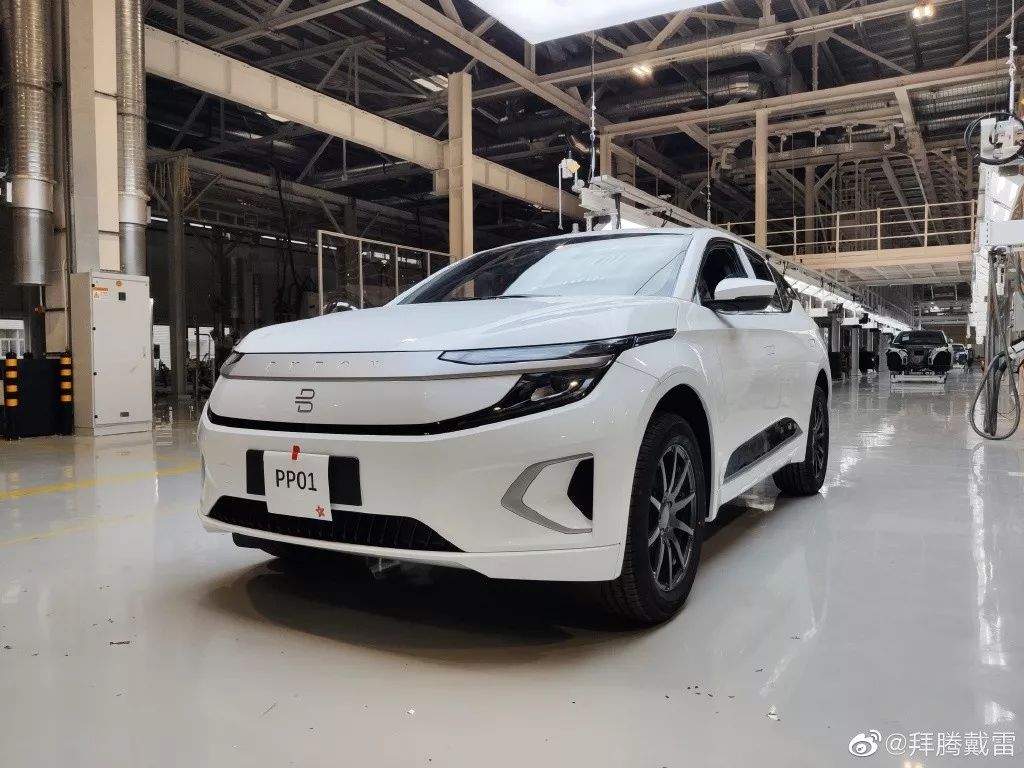
Currently, the BYTON Nanjing factory has been almost completed, and the construction and major equipment installation of the five major process workshops including stamping, welding, painting, general assembly, and battery have been completed, and has entered the commissioning phase. Trial production began this month.
In 2018, M-Byte made its debut at the Beijing Auto Show, occupying the headlines of multiple automotive media with its 48-inch ultra-long screen. According to the original plan, the M-Byte was to be delivered to customers in 2019, but the departure of Dr. Bi Fukang, the co-founder of BYTON, in 2019 resulted in the suspension of the production plan. Industry insiders estimate that according to the current progress, the car may officially begin mass production and delivery in 2020.
Quick Comment: Nearly 10 new car-making forces in China have started delivering vehicles, and the new energy vehicle market, which accounts for less than 5% of the domestic auto market, cannot accommodate so many new car-making forces to survive. Even if the product is good, mass production and delivery are the key. I hope BYTON can start mass production as soon as possible.
Lexus Releases Its First Concept Electric Vehicle
On October 23, the 2019 Tokyo Auto Show officially opened, and Lexus officially released the LF-30 pure electric concept car.
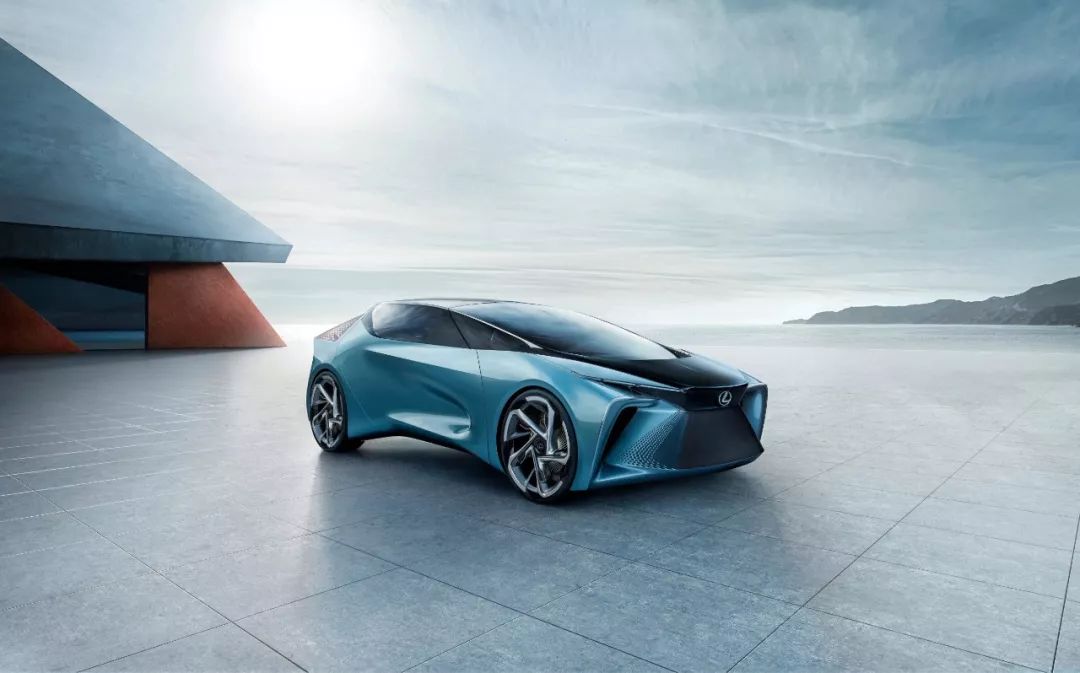
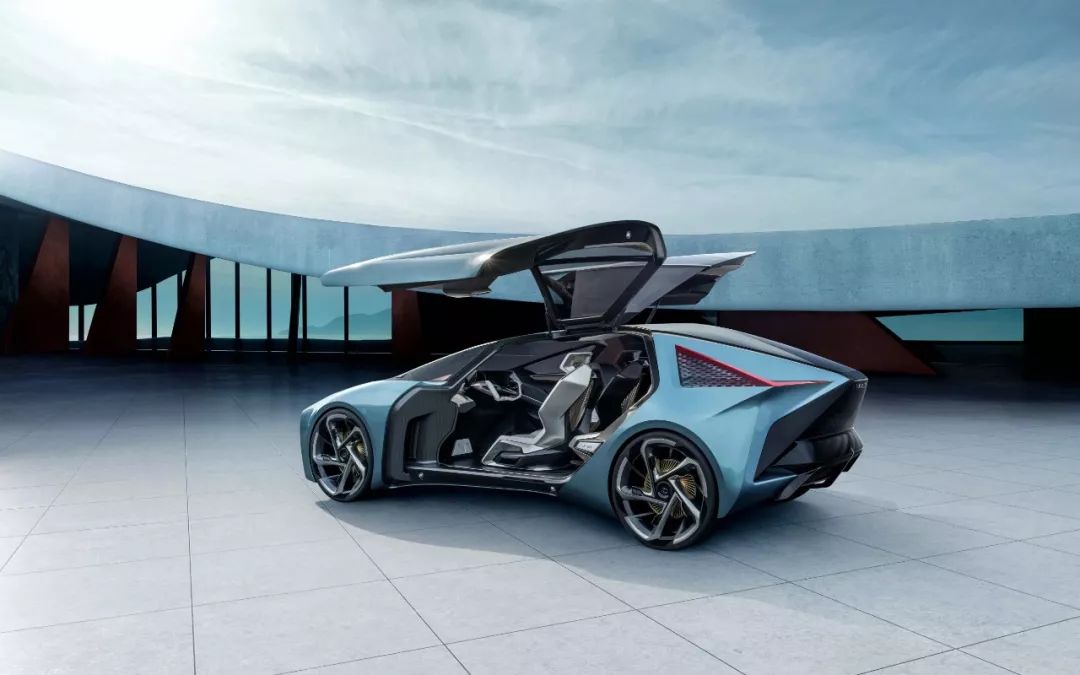
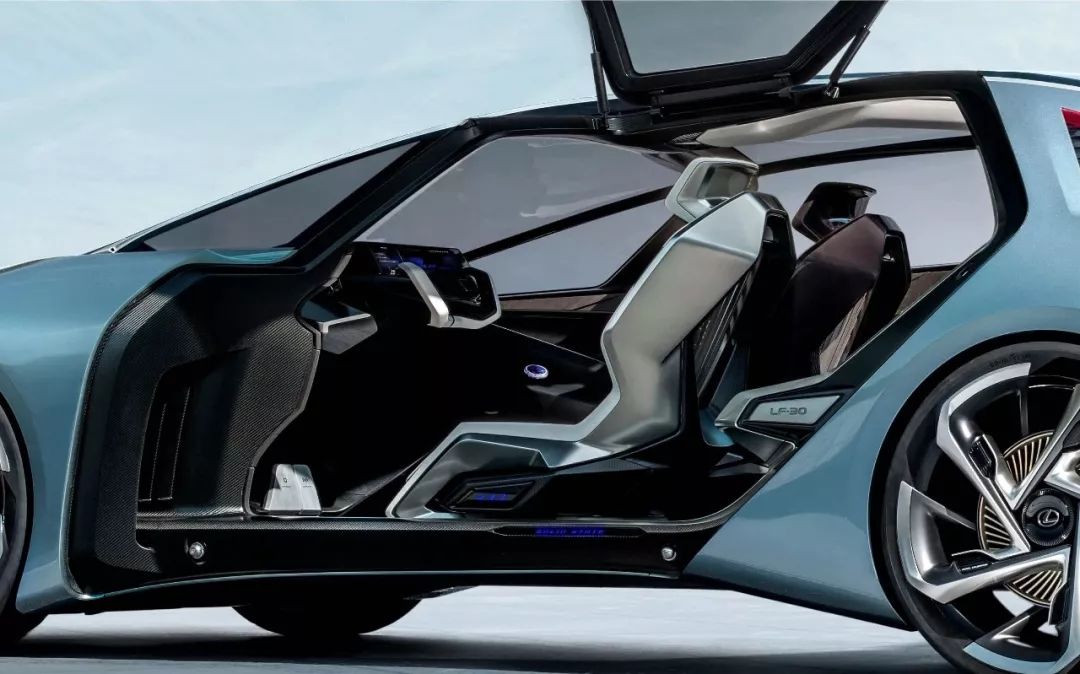
The LF-30 concept car has a futuristic and avant-garde design, with a full glass roof and European wing door design. It is also equipped with four independent motors and steer-by-wire technology.
In terms of body size, the length, width, and height of the LF-30 are 5090 * 1995 * 1600 mm, and the wheelbase is 3200 mm. In terms of power system, the new car is equipped with a pure electric drive system, with a maximum system power of 400 kW, peak torque of 700 N·m. The power battery capacity is 110 kWh, and the WLTP cruising range is 500 km. The official announced 0-100 km/h acceleration time is 3.8 seconds, with a top speed of 200 km/h.The most eye-catching feature of the Lexus LF-30 is that the design of the front seats is inspired by the first-class seats of airplanes. All switches and function control buttons are within reach. The rear seats incorporate artificial muscle technology, which can automatically adjust according to the passenger’s shape and weight and support multiple modes, including lying down, relaxing and alerting.
In addition, Lexus’s first pure electric vehicle will be officially released at the Los Angeles Auto Show in November 2019. It is expected that by 2025, all models under Lexus will offer electrified versions.
Comment: The LF-30 is more like Lexus’s show of muscles. As the saying goes, traditional car manufacturers are not incapable of making good electric cars, but it depends on whether they are willing to do so. Porsche is the case, and Lexus is also so.
However, it is worth taking a look at Lexus’s first mass-produced pure electric vehicle to be released in November, which is the technology and strength that consumers can experience. As for whether Lexus can achieve excellent experience on electric vehicles as on traditional energy vehicles, it will be revealed soon.
Zhi Dou, 100% equity, starting at CNY 138 million, only 1/40 of the highest valuation
On October 26, Alibaba’s judicial auction website had an auction of LanZhou Zhi Dou Electric Vehicle Co., Ltd.’s 100% equity. The starting time of the auction is November 24, and the starting price is CNY 138.08 million.
The 100% equity of Zhi Dou in this auction includes fixed assets such as land, production lines, and workshops, as well as Zhi Dou’s pure electric passenger car production qualification. The estimated value of LanZhou Zhi Dou Electric Vehicle Co., Ltd.’s 100% equity in this auction is about CNY 197 million. In early 2018, Zhi Dou’s valuation had once soared to CNY 8 billion.
Since July 2019, Zhi Dou has been listed as the failed executor 48 times. The CEO of Zhi Dou, Bao Wenguang, who once claimed that the company would make a profit in 2019, has also been restricted from high consumption.In the early stage of new energy development, Zhi Dou Auto with its first-mover advantage and the price advantage of A0-class products achieved rapid development. The sales volume was 25,300 units in 2015, 24,000 units in 2016, and reached a historical high of 42,000 units in 2017. At the end of 2017, China’s new energy vehicle subsidies began to decrease. Zhi Dou Auto’s sales plummeted, and its sales in 2018 fell by 63.9% year-on-year to 15,000 units. According to data released by the United Information Committee of the passenger vehicle market, the cumulative sales of this company in the first three quarters of 2019 were only 2095 units, a year-on-year decrease of 84.5%.
Brief Comment: In 2015, Zhi Dou Auto, together with Geely Holding Group, Jinsha River Venture Capital and others, jointly established Intelligent Fight Electric Vehicle Co., Ltd., with Geely as the largest shareholder, mainly producing small electric vehicles. After the subsidy, the price range of Zhi Dou Auto’s products was only between RMB 30,000 and 50,000. Having first-mover advantage, money, sales, and favorable timing and location, Zhi Dou Auto eventually failed to maintain the healthy development of the company. As the saying goes, product strength is the first priority when running a business.
Polestar 2 announced the Chinese price: RMB 418,000
On October 22nd, Polestar, the high-end sub-brand under Volvo, officially announced that the unified price for the launch edition of its first pure electric vehicle, Polestar 2, would be RMB 4.18 million.
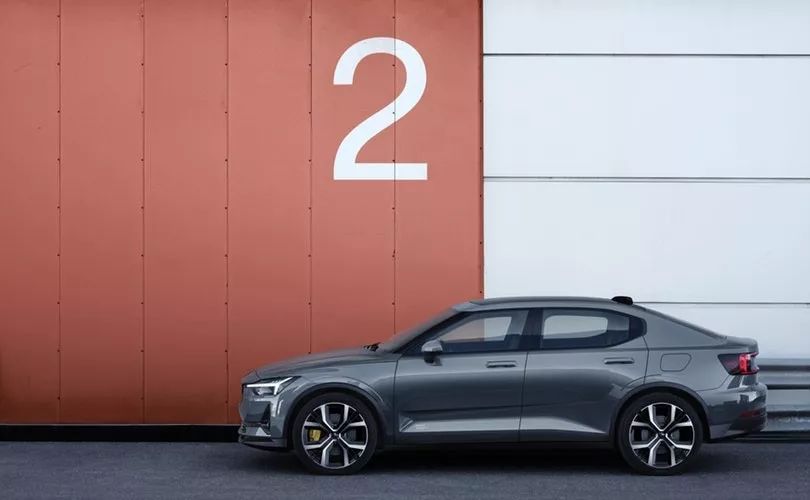
The current price is slightly lower than the previously announced RMB 4.6 million, and Polestar believes that Polestar 2 should have a globally unified pricing, so the price has been reduced.
Polestar 2 is built on the CMA architecture and is positioned as a mid-sized luxury high-performance electric coupe. The vehicle is equipped with front and rear dual motors, a four-wheel pure electric drive system, with a maximum output power of 408 Ps and a peak torque of 660 Nm, and an acceleration time from 0 to 100 km/h of 4.7 s. The power battery capacity is 78 kWh (72 kWh for the China-spec version), and the vehicle’s comprehensive cruising range under the WLTP cycle is 500 km.
Polestar 2 will start mass production at the Taizhou factory in Zhejiang province in early 2020 and will begin deliveries in the first half of 2020.# Quick Comment:
Unlike the Polestar 1 with a price of up to a million, the Polestar 2, which costs only 418,000 yuan ($60,000), clearly has a larger target audience. Since being controlled by Geely, Volvo has changed its steady pace and has become increasingly aggressive in its development. The technology has been transferred to Lynk & Co to occupy the middle and low-end markets, Volvo brand itself focuses on the high-end market, and Polestar aims at the high-end market, forming a combination of punches. However, Polestar has not yet delivered any vehicles, whether it can continue Volvo’s “safety” brand and even form a positive confrontation with Tesla, which still needs to be tested by the market.



- Buick Velite 6 Long Range Version Goes on Sale; XPT Gets $100 Million Investment | E Weekly News* NIO is caught in the storm of 5 billion investment rumors in Huzhou; with a range of 650 km, the first joint creation SUV will be released at the end of the year | E Weekly News

This article is a translation by ChatGPT of a Chinese report from 42HOW. If you have any questions about it, please email bd@42how.com.
